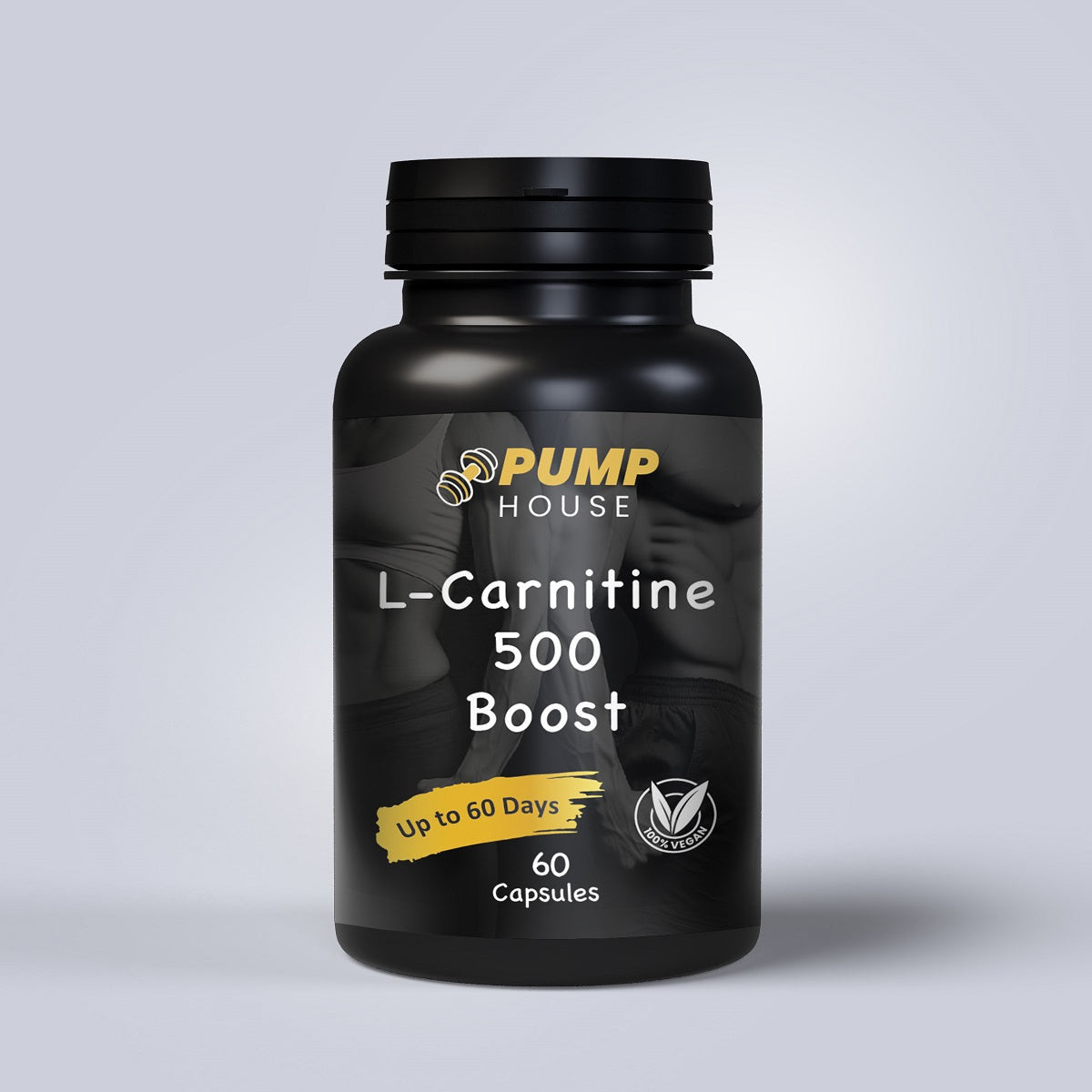
Greening Up Your Home: A Guide to Turning Your House into an Eco-Friendly Oasis by 2024
Greening Up Your Home: A Guide to Turning Your House into an Eco-Friendly Oasis by 2024
In recent years, the impact of human activities on the environment has become increasingly evident. From climate change to deforestation, it is clear that our actions have far-reaching consequences. As individuals, we have the power to make a difference by making sustainable choices in our homes. By greening up our homes, we can reduce our carbon footprint, conserve resources, and create a healthier living environment for ourselves and future generations.
There are many ways to make your home more eco-friendly. From using eco-friendly cleaning products to incorporating organic foods and products into your home, there are numerous options available. Additionally, choosing sustainable materials for furniture and decor, reducing waste and carbon footprint, improving energy efficiency with renewable energy, conserving water, creating an eco-friendly garden, and properly disposing of household waste through recycling and composting are all steps towards achieving a more sustainable home.
Eco-Friendly Cleaning Products: Making the Switch to Sustainable Solutions
Traditional cleaning products often contain harmful chemicals that can have a negative impact on the environment. These chemicals can pollute waterways, contribute to air pollution, and harm wildlife. By making the switch to eco-friendly cleaning products, we can reduce our environmental impact while still maintaining a clean and healthy home.
Eco-friendly cleaning products are made from natural ingredients that are biodegradable and non-toxic. They are free from harsh chemicals such as chlorine, ammonia, and phosphates. These products are not only better for the environment but also for our health. They do not release harmful fumes or leave behind residue that can be harmful to us or our pets.
If you prefer to make your own cleaning products, there are many simple and effective recipes available using ingredients such as vinegar, baking soda, lemon juice, and essential oils. These homemade solutions are not only cost-effective but also customizable to suit your specific cleaning needs.
Organic Living: How to Incorporate Organic Foods and Products into Your Home
Organic foods and products have gained popularity in recent years due to their numerous benefits. Organic farming practices prioritize soil health, biodiversity, and the use of natural fertilizers and pesticides. By choosing organic foods, we can reduce our exposure to harmful chemicals and support sustainable farming practices.
Incorporating organic foods into your diet can be as simple as buying organic fruits and vegetables or opting for organic meat and dairy products. You can also consider growing your own organic produce in a backyard garden or joining a community-supported agriculture (CSA) program.
When it comes to choosing organic products for your home, look for certifications such as the USDA Organic seal or the Global Organic Textile Standard (GOTS) label. These certifications ensure that the products meet strict standards for organic production.
Sustainable Materials: Choosing Environmentally Friendly Furniture and Decor
The furniture and decor we choose for our homes can have a significant impact on the environment. Traditional furniture is often made from materials such as wood from unsustainable sources or synthetic materials that release harmful chemicals into the air. By choosing sustainable materials, we can reduce deforestation, minimize waste, and create a healthier indoor environment.
Sustainable materials for furniture and decor include reclaimed wood, bamboo, cork, and recycled materials. These materials are renewable, biodegradable, and have a lower environmental impact compared to traditional options. Additionally, look for furniture that is certified by organizations such as the Forest Stewardship Council (FSC) or Cradle to Cradle (C2C) to ensure that it meets strict sustainability standards.
When it comes to decor, consider using natural fibers such as organic cotton or hemp for textiles. Opt for non-toxic paints and finishes that do not release harmful volatile organic compounds (VOCs) into the air. By choosing sustainable materials for furniture and decor, you can create a stylish and eco-friendly home.
Green Living: Tips for Reducing Your Carbon Footprint and Waste at Home
Our carbon footprint, which is the amount of greenhouse gases emitted as a result of our activities, has a significant impact on climate change. Additionally, the waste we generate contributes to pollution and the depletion of natural resources. By making sustainable choices in our daily lives, we can reduce our carbon footprint and waste, and create a more sustainable future.
There are many ways to reduce your carbon footprint and waste at home. Start by conserving energy by turning off lights when not in use, using energy-efficient appliances, and insulating your home to reduce heating and cooling needs. Reduce water consumption by fixing leaks, installing low-flow fixtures, and collecting rainwater for outdoor use.
To reduce waste, practice the three Rs: reduce, reuse, and recycle. Reduce waste by buying only what you need, avoiding single-use items, and choosing products with minimal packaging. Reuse items whenever possible by repurposing them or donating them to others in need. Recycle materials such as paper, plastic, glass, and metal to divert them from landfill.
Energy Efficiency: Improving Your Home's Energy Performance with Renewable Energy

Improving your home's energy performance is not only good for the environment but also for your wallet. By reducing energy consumption and incorporating renewable energy sources, you can lower your carbon footprint and save money on utility bills.
Start by conducting an energy audit to identify areas where energy is being wasted. This can include drafty windows and doors, inadequate insulation, or outdated appliances. Seal air leaks, add insulation where needed, and replace old appliances with energy-efficient models.
Incorporating renewable energy sources such as solar panels or wind turbines can further reduce your reliance on fossil fuels. These systems generate clean energy from renewable sources and can significantly lower your carbon footprint. Additionally, many governments offer incentives and tax credits for installing renewable energy systems, making them more affordable.
Water Conservation: Strategies for Conserving Water and Reducing Your Water Bill
Water is a precious resource, and conserving it is essential for both the environment and our wallets. By implementing water conservation strategies in our homes, we can reduce water waste, protect ecosystems, and lower our water bills.
Start by fixing leaks in faucets, toilets, and pipes. A small leak can waste a significant amount of water over time. Install low-flow fixtures such as showerheads and faucets that use less water without sacrificing performance. Collect rainwater for outdoor use by installing rain barrels or cisterns.
In the garden, choose native plants that are adapted to the local climate and require less water. Group plants with similar water needs together to avoid overwatering. Use mulch to retain moisture in the soil and reduce evaporation. Consider installing a drip irrigation system that delivers water directly to the roots of plants, minimizing waste.
Sustainable Landscaping: Creating a Beautiful, Eco-Friendly Garden
A sustainable garden not only adds beauty to your home but also provides habitat for wildlife, conserves resources, and reduces pollution. By implementing sustainable landscaping practices, you can create an eco-friendly garden that benefits both you and the environment.
Start by choosing native plants that are adapted to the local climate and require less water and maintenance. These plants are more resistant to pests and diseases and provide habitat for native wildlife. Avoid using synthetic fertilizers and pesticides that can harm beneficial insects and pollute waterways. Instead, use organic fertilizers and natural pest control methods.
Implement water-saving techniques such as mulching, drip irrigation, and rainwater harvesting to reduce water consumption. Create a compost pile to recycle organic waste into nutrient-rich soil amendment. This will not only reduce waste but also improve soil health and plant growth.
Recycling and Composting: How to Properly Dispose of and Reuse Household Waste
Properly disposing of and reusing household waste is essential for reducing pollution, conserving resources, and minimizing landfill space. Recycling and composting are two effective ways to divert waste from landfill and create a more sustainable home.
Recycling involves collecting materials such as paper, plastic, glass, and metal and processing them into new products. Many communities have recycling programs that provide curbside pickup or drop-off locations for recyclable materials. Make sure to follow the guidelines for your local recycling program to ensure that materials are properly sorted and prepared for recycling.
Composting involves collecting organic waste such as fruit and vegetable scraps, coffee grounds, and yard trimmings and allowing them to decompose into nutrient-rich compost. Compost can be used as a natural fertilizer for plants, improving soil health and reducing the need for synthetic fertilizers. Start composting by setting up a compost bin or pile in your backyard or using a worm bin for indoor composting.
Achieving an Eco-Friendly Oasis in Your Home by 2024
In conclusion, greening up our homes is crucial for creating a sustainable future. By making sustainable choices in our homes, we can reduce our environmental impact, conserve resources, and create a healthier living environment. From using eco-friendly cleaning products to incorporating organic foods and products into our homes, there are numerous ways to make our homes more eco-friendly.
By choosing sustainable materials for furniture and decor, reducing our carbon footprint and waste, improving energy efficiency with renewable energy, conserving water, creating an eco-friendly garden, and properly disposing of household waste through recycling and composting, we can achieve an eco-friendly oasis in our homes.
It is important for each of us to take responsibility for our actions and make changes in our homes to create a more sustainable future. By implementing these changes, we can make a positive impact on the environment and inspire others to do the same. Let us strive to achieve an eco-friendly oasis in our homes by 2024 and create a better world for ourselves and future generations.







